You might recognize this image.
It's the famous photograph of Earth taken on Feb. 14, 1990, by NASA's Voyager 1.
6 billion kilometers away from the Sun!
This image is known as "The Pale Blue Dot."
As Carl Sagan mentioned, "That's here. That's home. That's us."
Why am I bringing this up now, 34 years after its capture?
It appears that the world is in a chaotic state. It's very difficult to look at some footage and images because some might disturb us for the rest of our lives.
Over the past few years, there have been several disturbances among countries and inside territories. These are often driven by authoritarianism, corruption, historical grievances, cultural clashes, resource scarcity, and the pursuit of dominance.
But look again at this picture. Look how tiny we are in the vastness of the universe!
We are just a few pixels in this big canvas!
This dot as we call Earth formed around 4.5 billion years ago, and life appeared about 3.5 to 4 billion years ago.

The planet has witnessed several mass extinction events according to geologic and fossil records: for example, the Cretaceous-Paleogene extinction event, which occurred at the end of the Cretaceous period, about 66 million years ago led to the extinction of non-avian dinosaurs and had a profound impact on the evolution of life on Earth.
It has also seen the extinction of Neanderthals and the evolution of Homo sapiens, along with the great human migration and the ongoing process of continental drift.
Ancient civilizations and pyramids.
History, collaboration, math, innovation, transportation, science, music, and visual arts.
Diverse cultures and religions, gods, kings, queens, emperors, and dictators.
Conquests, enslavements, revolutions, wars, violence, massacres, famines, earthquakes, floods, and hurricanes.
Betrayals, fights for independence, partitions, and walls.
The establishment of democratic systems of government. Abolition of slavery, and the pursuit of equality and social justice.
Atomic and hydrogen bombs.
Space travel, landing, and exploration on a different celestial body.
Advancements in science, technology, medicine, machines, AI, and robotics.
A few years ago, we even saw a glimpse of a Black hole!
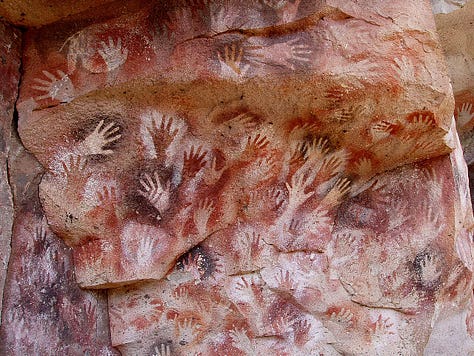
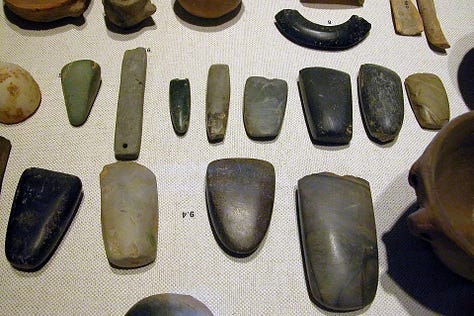

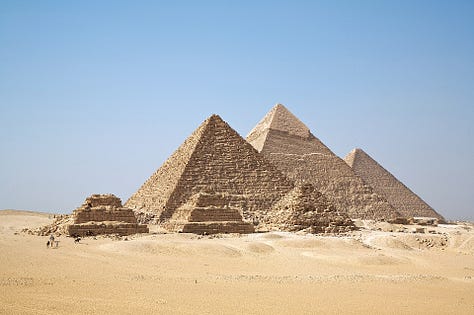


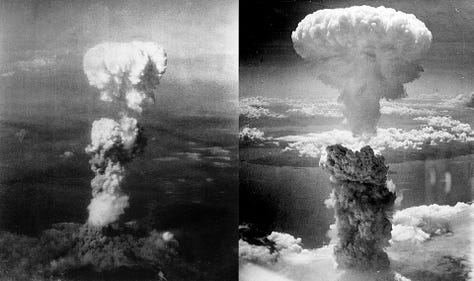

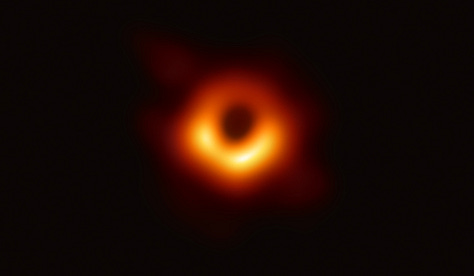
Image credits to respective owners. Mainly from Wikipedia and NASA.
Everything happened and happening here...
All of this is based on our reality on this planet. But when you look at the solar system, the galaxy, or the universe what are we really?

Why do we still fight endlessly? Is it still a matter of "struggle for existence and survival of fittest"? I'm just thinking out loud here. Do you think this idea might be a bit simplistic or naive?
As the saying goes, "We are all stardust."
From prehistory to the dawn of the 21st century, humanity has evolved, flourished, and multiplied, from a mere few million to over eight billion individuals!
As most of the clashes starting to affect globally in one way or another, it's important to remember, right now, beings on this pale blue dot possess the weapon to destroy itself. It was the impact of an external force like asteroids before.
History has taught us that change is a constant and unavoidable aspect of life and the world as we know it. Everything changes from its state.
When blindly fighting for a few people's desires, ideologies, and extremist agendas, we seem to forget our shared humanity.
After all, in the current world as we know it, the hope for humanity is the force that binds us all together!
Time travels only in one direction; so, we can't go back and change the past, but we can envision the future. After a hundred years or so, no one is going to remember us, and our individual existence may be forgotten in the grand scale of history. But this blue marble would still be here.
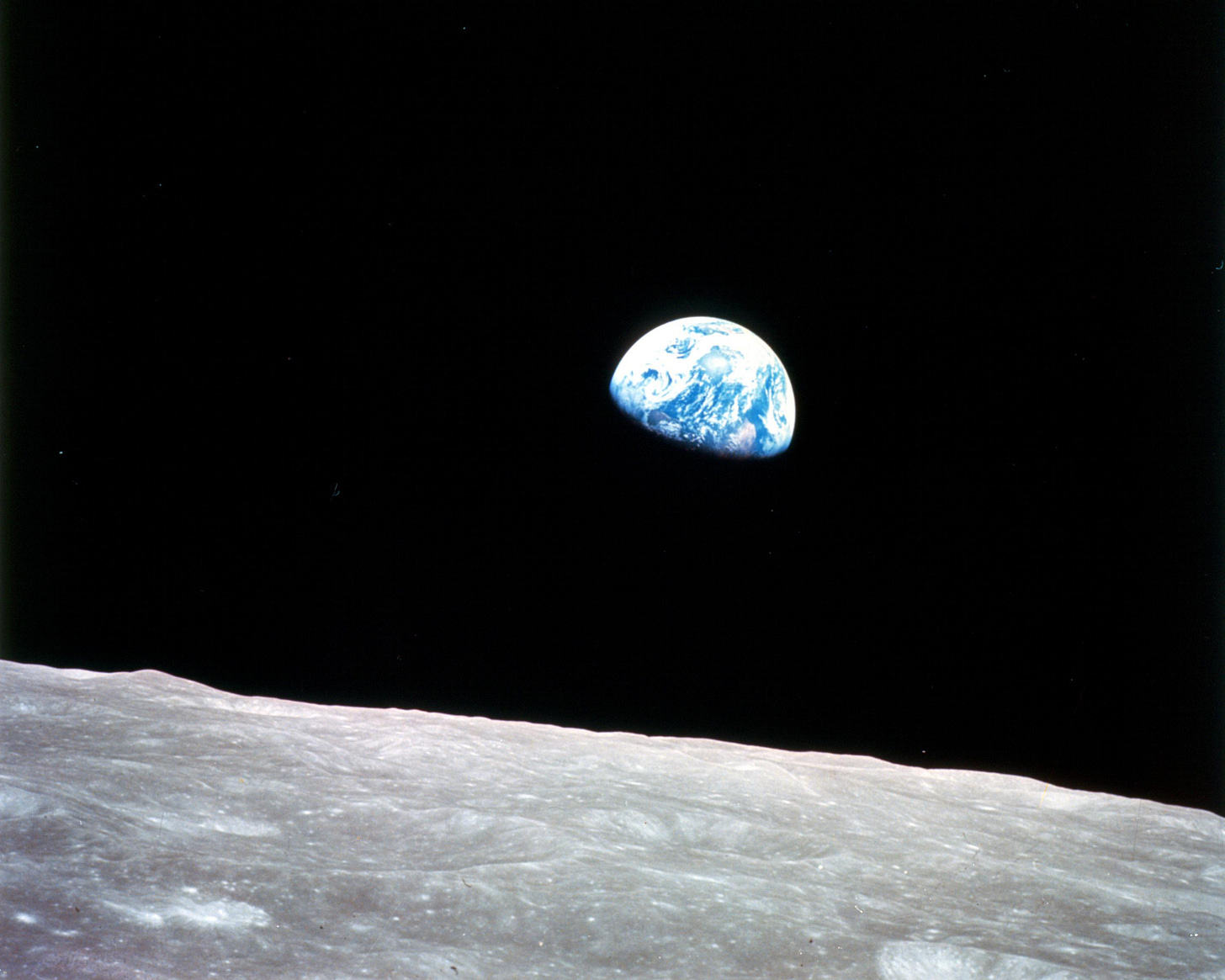
Instead of regretting it later or maybe at the end of our lives, let's exercise our freedom of thought now.
Think differently. Not for the sake of standing out, but for the progress.
Write, express your opinions, learn, and publish ideas. It can grow to define or empower you.
Let me share a quote by Friedrich Wilhelm Nietzsche...
The surest way to corrupt a youth is to instruct him to hold in higher esteem those who think alike than those who think differently.
– Friedrich Wilhelm Nietzsche, The Dawn, 1881.




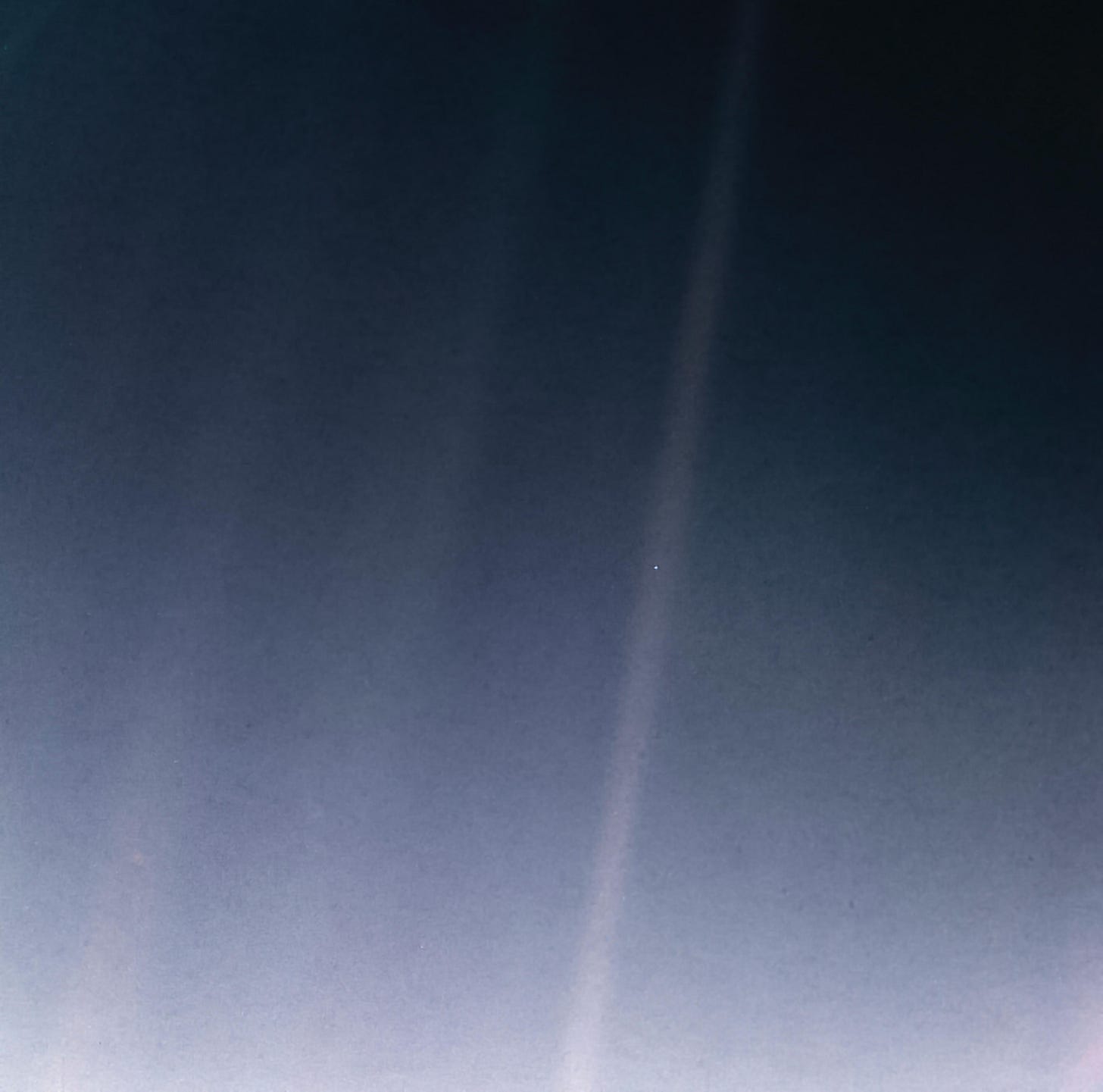







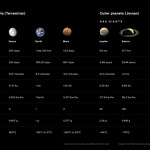
Share this post